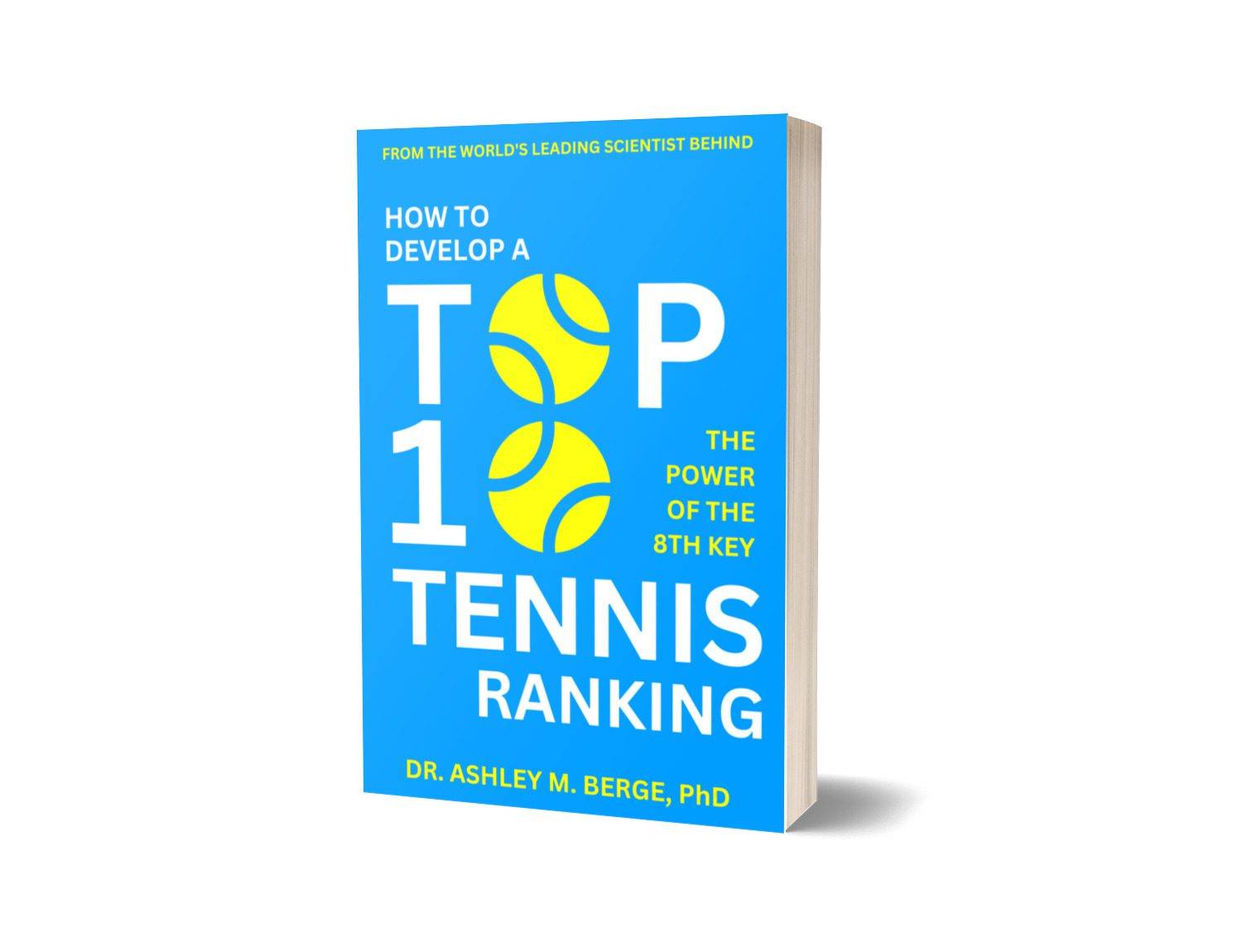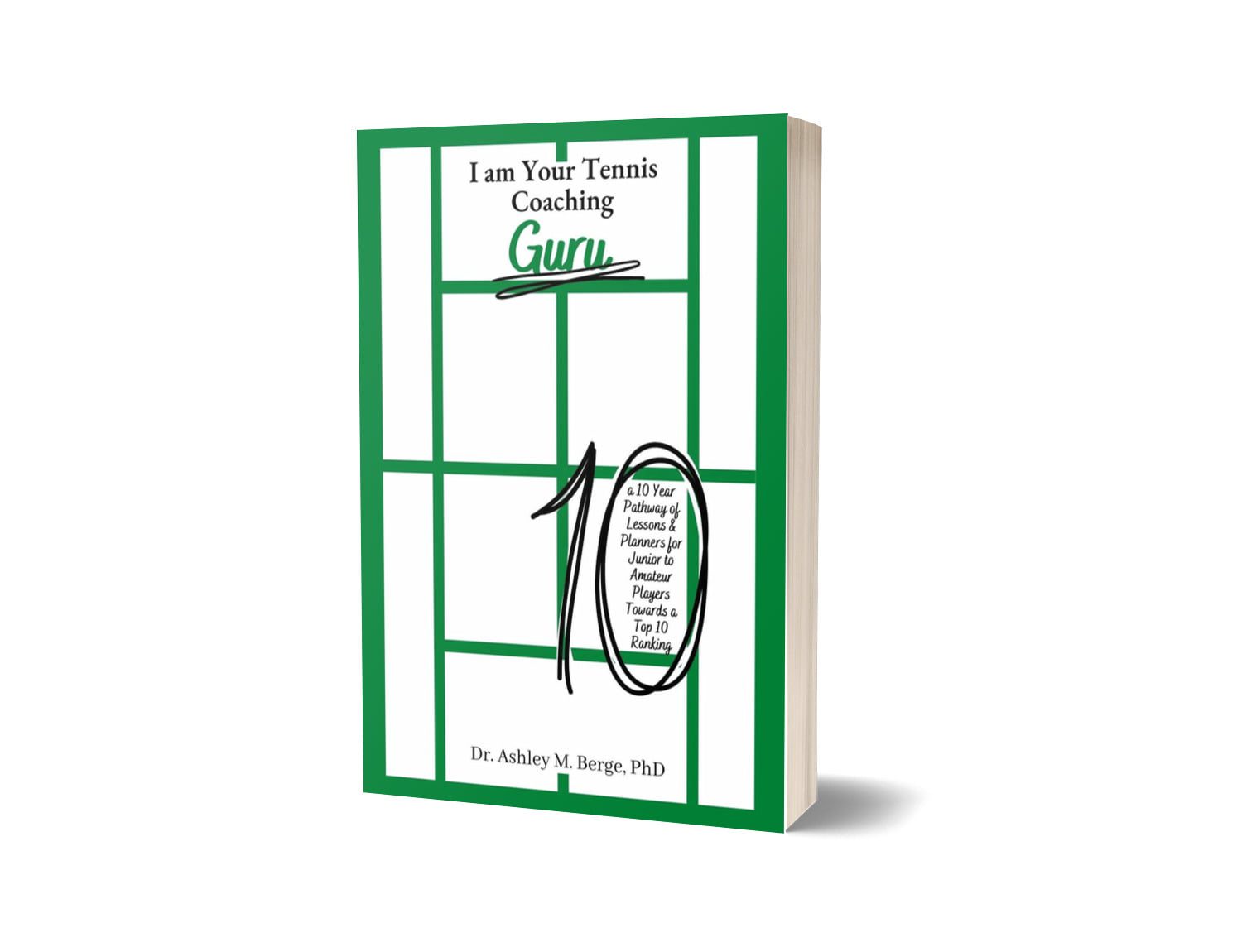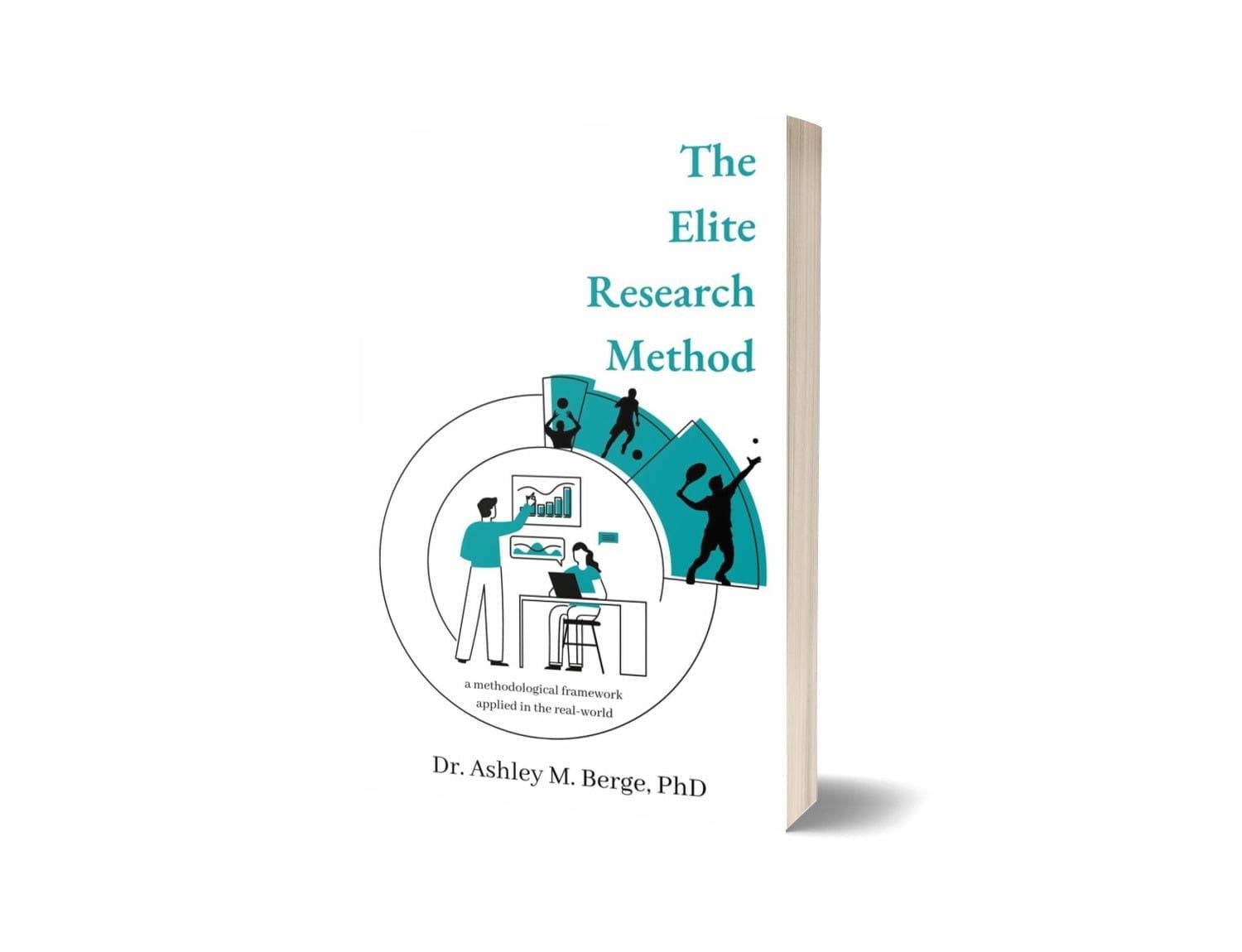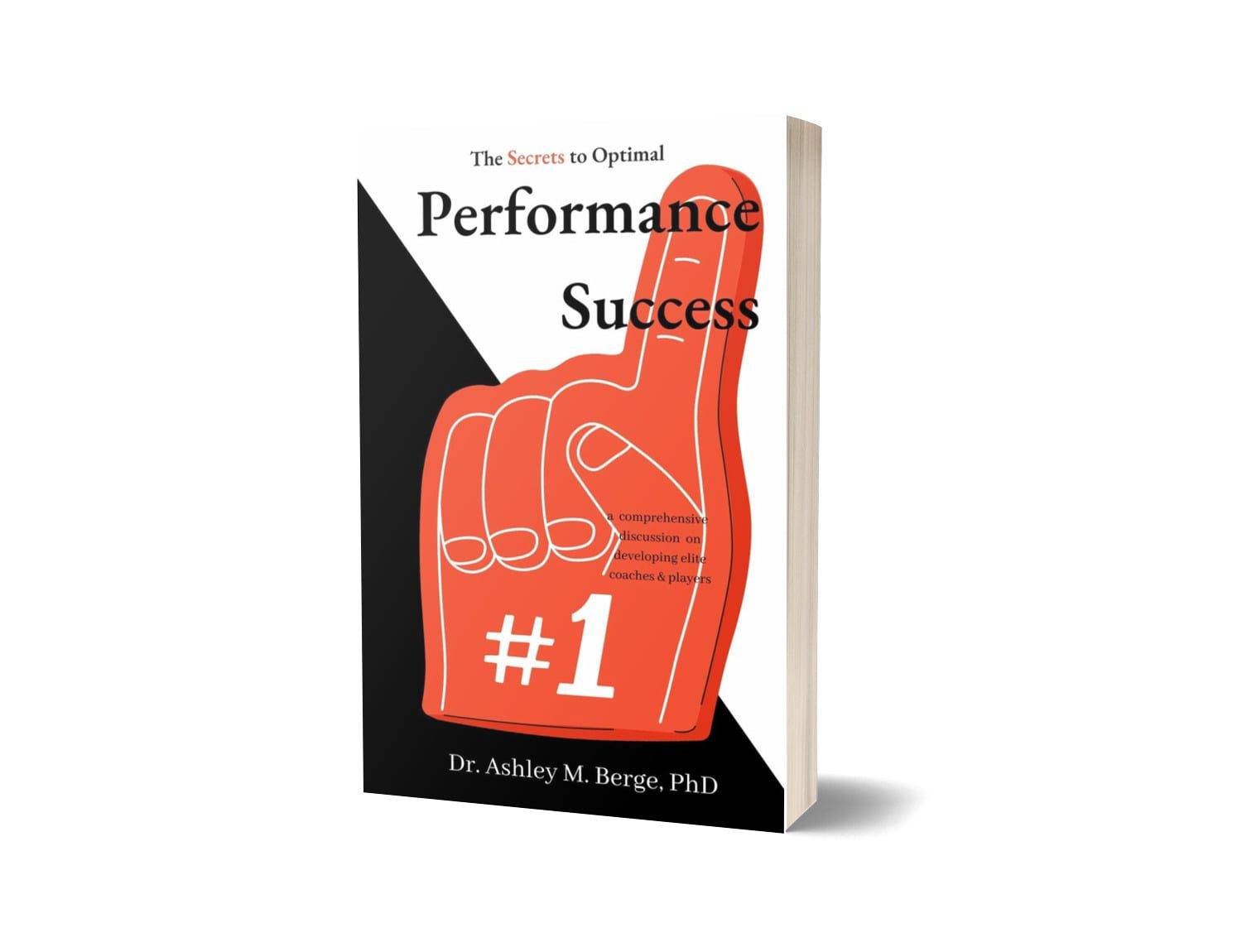
The role of Gender Interactions in the tennis development spectrum is fairly widespread with most young girls and boys having the options to learn together opposed to being separated as result of their gender. More often the case in ‘other’ sports where only girls can play and/or only boys can play, the good news is this has been evolving over time and has gained further traction since the initial release of The Secrets to Optimal Coaching Success five years ago! However, there is still a substantial way to go until equal parity is reached but that doesn’t mean inroads can’t be made in respect to Gender Interactions to push our sport forward…
To read the full article please consider supporting my work through my new Book (pending release late 2024) that incorporates a variety of my writing — Dr Berge
To learn more about our data, predictive analytics and how to optimise your own performance, head on over to AM8 International. To learn more about AM8 International check out our selection of Books and/or options to join Dr B’s Pack to gain exclusive access to the best in the world. Not quite ready? Head on over to Beyond Top 10 Tennis for free access to 100+ episodes directly from Dr Berge of what it really takes to win multiple Grand Slams to securing that Top 10 tennis ranking with new episodes each week. More? Catch up on our Tips over on TikTok, Twitter, Threads or Instagram for quick snippets to apply in your game, today.

















